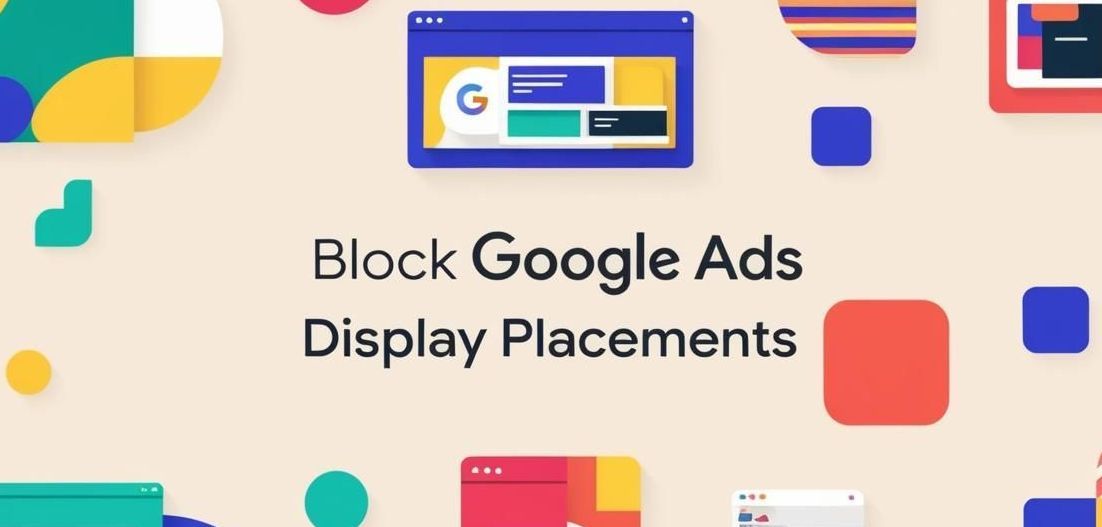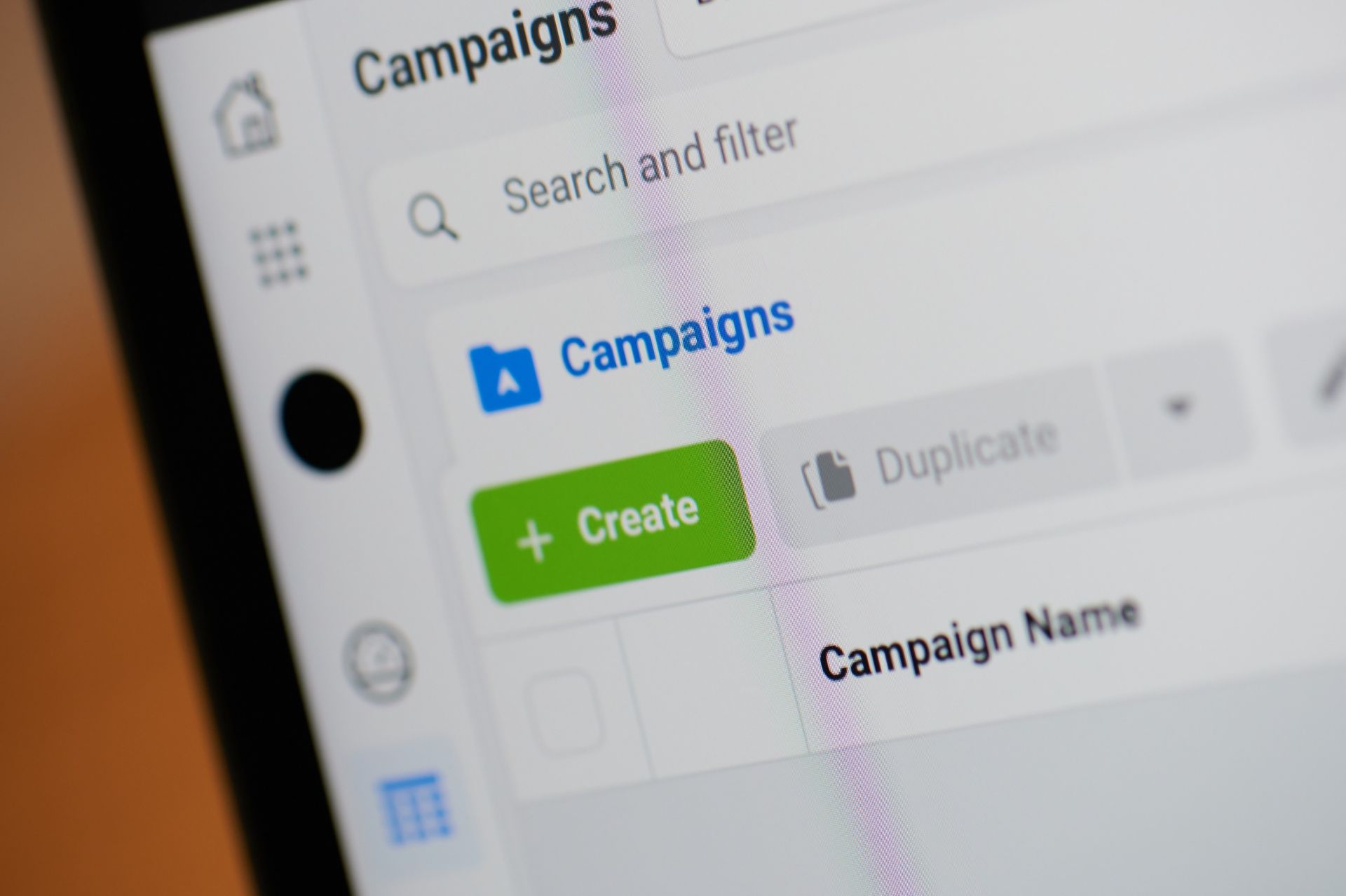
Top Tactics for Blocking Display Placements
Save Budget, Protect Your Brand - Learn the Best Ways to Block Poor Performing Google Ads Display Placements

In the world of media buying, precision is everything. Google Ads Display Network offers an expansive reach over 2 million websites, apps, and videos but not every placement is a golden opportunity. Low quality sites, irrelevant apps, and mismatched audiences can drain your budget faster than a whale gulping krill. At WhaleTraffic, we've seen how smart placement blocking can transform a campaign from wasteful to whale sized profitable. Here's your guide to the best tactics for blocking placements in Google Ads Display, ensuring your ad spend hits the right currents.
Why Blocking Placements Matters
Before diving into the tactics, let's clarify why this matters. The Google Display Network (GDN) casts a wide net, but it's not always selective. Your ads might end up on spammy gaming apps, unrelated niche blogs, or even high cost, low converting premium sites. Blocking placements helps you:
- Cut Wasteful Spend: Eliminate clicks from irrelevant or low intent audiences.
- Protect Brand Reputation: Avoid association with questionable or off brand content.
- Boost ROI: Focus budget on placements that drive real results.
Ready to take control? Let's explore the top tactics.
1. Leverage Account Level Exclusions for Broad Protection
Why block placements one campaign at a time when you can set a safety net across your entire account? Account level exclusions are a media buyer's best friend for establishing a baseline of control.
How to Do It: In Google Ads, navigate to "Audiences, keywords, and content" > "Content" > "Exclusions." Select "Account" from the dropdown, then add URLs, apps, or categories you want to block universally.
Pro Tip: Start with a master list of known offenders such as mobile apps (more on that later), kids' content sites, or hyper partisan news domains. WhaleTraffic recommends curating this list over time based on your vertical's performance data.
Bonus: As of March 2024, account level exclusions also apply to the Search Partner Network, giving you broader reach control.
This tactic saves time and ensures consistency, especially if you're juggling multiple campaigns.
2. Block Mobile Apps by Default (Yes, All of Them)
Mobile apps are the krill of the GDN: plentiful but often low value. Accidental clicks from games or utility apps like flashlight tools can eat your budget without delivering conversions. Unless your campaign explicitly targets app users, or you have seen success in these placements after testing, block them outright.
How to Do It: Go to "Content" > "Exclusions" > "App categories." Select all categories under Google Play, Apple App Store, and Windows Phone Apps (over 180 options). For a total blackout, add mobileappcategory::69500 under "Enter multiple placements" at the campaign or account level.
Why It Works: Apps often yield high impressions but dismal conversion rates. WhaleTraffic's data consistently shows non app placements outperforming app based ones for most B2B and e commerce campaigns.
Exception: If you're in gaming or app install niches, refine this by excluding only low performing app IDs after testing.
This is a foundational move to keep your ad spend swimming in the right direction.
3. Audit and Exclude High Cost, Low Performing Placements
Not all placements are equal; some are budget black holes. Regularly auditing your "Where Ads Showed" report lets you spot and block these culprits.
How to Do It: In your Display campaign, go to "Placements" > "Where Ads Showed." Filter by cost, clicks, or conversions to identify sites with high spend but low ROI (e.g., a premium site like nytimes.com with zero conversions). Exclude them at the campaign or account level.
WhaleTraffic Hack: Sort by "Cost/Conversion" to catch sneaky placements driving expensive, low quality leads. Add these to a shared exclusion list for future campaigns.
Frequency: Check weekly for new campaigns, then monthly once stabilized.
This tactic turns data into action, ensuring your budget fuels performance, not fluff.
4. Use Pre Built Exclusion Lists for Speed
Building an exclusion list from scratch is like fishing without a net: time consuming and inefficient. Luckily, the media buying community has your back with pre built lists.
Where to Find Them: Search for updated GDN exclusion lists from trusted PPC blogs or forums (avoid outdated ones pre 2023). Categories often include gaming sites, kids' content, and fake news domains.
How to Apply: Copy the list into "Content" > "Exclusions" > "Enter multiple placements." Test and tweak based on your niche.
WhaleTraffic Twist: Combine these with your own data. For example, if you're driving traffic to a SaaS landing page, exclude teen gaming sites even if they're not on the generic list.
This jumpstarts your blocking strategy, saving you from reinventing the wheel.
5. Exclude Topics and Keywords for Contextual Control
Sometimes, it's not about specific sites but the content itself. Blocking entire topics or keywords keeps your ads off irrelevant or risky placements.
How to Do It: Under "Content" > "Exclusions," add topics like "Games," "Kids & Family," or "Sensitive Content" (e.g., tragedy or politics). For finer control, add negative keywords like "tarot" or "cheats" to filter out junk content.
Why It's Smart: Google's topic exclusions reduce exposure by about 90%, per their estimates, though some slippage occurs due to the GDN's dynamic nature.
Use Case: A luxury brand? Block "Bargains" or "Freebies" to stay upscale.
This layers contextual precision over your placement strategy.
6. Set Up a Script for Automated Blocking
For advanced media buyers, automation is the ultimate time saver. A Google Ads script can monitor placements and exclude poor performers in real time.
How It Works: Use a script to pull placement data (e.g., from the "PLACEMENT_PERFORMANCE_REPORT") and exclude sites exceeding a cost threshold without conversions. Log exclusions to a Google Sheet for review.
Sample Trigger: Block any placement with over $50 spent and zero conversions after 7 days.
WhaleTraffic Tip: Test scripts in a small campaign first. Pair with a whitelist of high performing sites to avoid over blocking.
Automation keeps your campaigns lean and mean, even as the GDN evolves.
7. Test, Refine, Repeat
Blocking isn't a set it and forget it game. The GDN shifts constantly; new sites pop up, audience behaviors change, and your goals evolve. Treat blocking as an ongoing optimization process.
How to Do It: After implementing exclusions, monitor key metrics (CTR, CPA, ROAS) weekly. If performance dips, revisit your exclusions. Did you block a hidden gem? If it skyrockets, double down on what's working.
WhaleTraffic Mindset: Think like a whale; adapt to the tides. Use A/B testing to compare blocked vs. unblocked campaigns and refine your strategy.
Persistence pays off in cleaner traffic and fatter profits.
Final Thoughts: Swim Smarter, Not Harder
Blocking placements in Google Ads Display isn't just about saying "no"; it's about saying "yes" to the right opportunities. By combining account level exclusions, app blocks, data driven audits, pre built lists, contextual filters, automation, and relentless testing, you'll steer your media buying toward high value waters.
At WhaleTraffic, we're all about maximizing your traffic's potential: less waste, more wins. Ready to dive in and optimize your next campaign? Let's make it a whale of a success.




Whale Traffic
We've been dealing with massive amounts of traffic since the 90's. We're still here, and still growing. Ready to see how Whale Traffic can scale your company? Well as ad people, we say "Get Started Here."
Contact Us
Whale Traffic LLC
1968 S. Coast Hwy, #1921
Laguna Beach, CA 92651
United States





